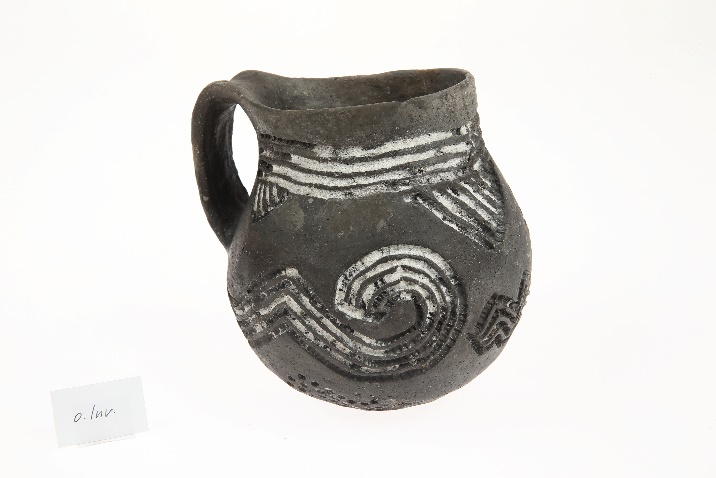
AT-OO-07
Mondsee | See
Short description
The Neolithic lake shore settlement See/ Mondsee was discovered by Matthäus Much in 1872. The term "Mondsee culture", or "Mondsee group", which was coined by find material from this and nearby sites, made See one of the most famous lakeside settlements in Austria with one of the longest research traditions. Dives in the 1960s prompted the Federal Monuments Office to take stock of all underwater monuments in Austria. In the 1980s, underwater archaeological excavations were already taking place in See, which are still visible in the lake.
Neolithic
3795 – 3520 BC
Mondsee
481 m.a.s.l.
Size of the site 1,22 ha / approx. 2 soccer pitches
Size of the bufferzone 0,97 ha / approx. 1 soccer pitch
Special features & highlights
The Neolithic find material from the lakeside settlements at Mondsee and the nearby Attersee initially gave reason to see in it an independent culture, the "Mondsee culture". In modern research, the term is used more cautiously. The "Mondsee group", dating between 3800-3500 BC, is nowadays understood as a subgroup of the neolithic cultures.

Current activities
Since 2013, the state of the site has been subject to annual monitoring. These investigations revealed a loss of protective layers of sediment over the prehistoric remains in the recent past.
Pile dwellings up-close
Pile Dwellings and Monastery Museum Mondsee
Marschall-Wrede-Platz 1
5310 Mondsee am Mondsee
to the website
Opening hours:
Tue. – Thu. 10.00 am – 05.00 pm
Natural History Museum Vienna
Burgring 7
1010 Wien
Opening hours:
Wed. – Mo. 09.00 am – 01.00 pm